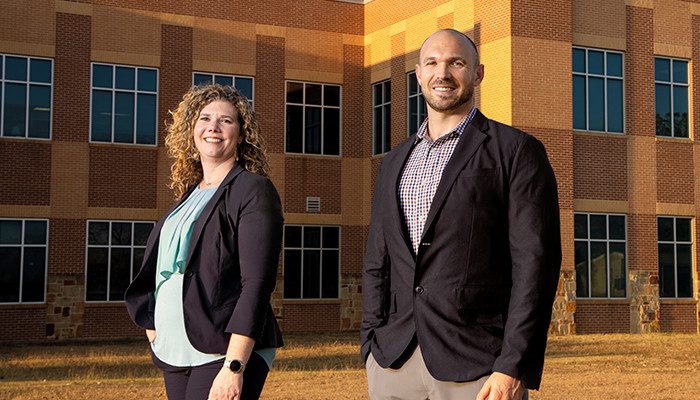Virtual Learning Academy Smooths the Transition for Teachers
After a spring marked by emergency-mode remote teaching and a severely truncated curriculum, leaders at Leander Independent School District in Texas moved to create a virtual-learning summer academy to help teachers optimize their instruction for a remote model.
The academy mirrored the learning opportunities teachers would offer to students in the fall, featuring both synchronous sessions (during which teachers learned together in real time) and asynchronous opportunities (where teachers worked through prepared course materials). Five required modules provided a foundation for virtual teaching, planning and assessment, but teachers also had their choice of hundreds of other sessions, including many that were prepared by curriculum leaders at individual school sites.
“We can create documents, resources and exemplary lessons, but unless our teachers understand how virtual teaching is different from teaching in person, it’s really going to be a barrier for them,” says Jennifer Collins, assistant superintendent for curriculum at Leander ISD.












